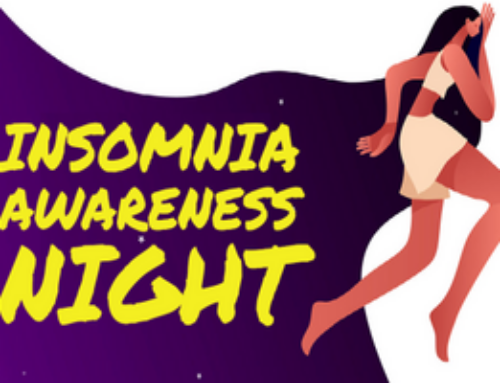The main character in the new film “Ode to Joy” is someone we don’t often see in movies or on TV: a person who has narcolepsy with cataplexy.
The film is about a man named Charlie (Martin Freeman), who struggles to manage cataplexy, one of the key symptoms of narcolepsy. Cataplexy is a sudden loss of muscle tone that is usually triggered by strong emotions. It can cause your head to drop or knees to buckle. Cataplexy can even cause your body to collapse, even though you remain conscious.
In Charlie’s case, cataplexy tends to occur when he experiences joy. Therefore, he has a variety of strategies to limit joy in his life. For example, he listens to classical music and thinks about real-world tragedies. The film follows him as he tries to navigate love and romance while dealing with cataplexy.
As with any depiction of a medical condition, the portrayal of narcolepsy in “Ode to Joy” might cause viewers to recognize symptoms in themselves or a loved one. Therefore, it’s important to have resources and educational tools that can connect viewers with the help they need.
Project Sleep CEO and President Julie Flygare, who has narcolepsy with cataplexy, wrote a review of “Ode to Joy.” She analyzed the positive and negative aspects of the movie’s depiction of narcolepsy.
Project Sleep also developed “Ode to Joy” resources to help viewers discuss the film and learn more. Finally, Project Sleep partnered with IFC Films and “Ode to Joy” Director Jason Winer to create a public service announcement. The “Ode to Joy” PSA explains the key symptoms of narcolepsy.
Contact the sleep team at an AASM-accredited sleep center to discuss concerns about narcolepsy or any other sleep problems.





